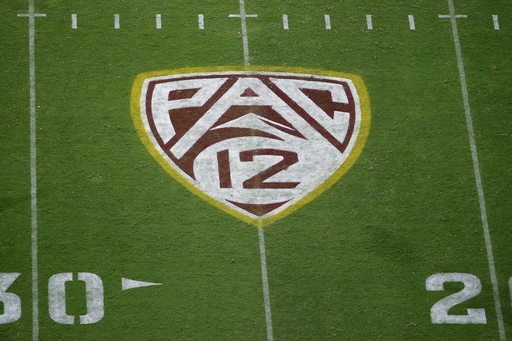SAN MARCOS, Texas — In a significant move for the future of college sports, Texas State University is set to join the Pac-12 Conference, adding to its ranks as an eighth participant in football. This decision sets the stage for the Pac-12 to retain its status as a Football Bowl Subdivision (FBS) conference.
The announcement came on Monday that Texas State will soon become part of a restructured Pac-12, joining forces with Oregon State and Washington State, as well as fellow members Gonzaga, and five other schools transitioning from the Mountain West Conference: Boise State, Colorado State, Fresno State, San Diego State, and Utah State. These institutions are forming a new core for the Pac-12, which aims to officially relaunch in the coming summer.
Given that Gonzaga does not sponsor a football team, it was essential to add another football-playing institution to the conference lineup to satisfy FBS requirements. Oregon State and Washington State were the sole remaining Pac-12 members after ten current members sought pastures anew across the Atlantic Coast Conference, Big Ten, and Big 12.
To facilitate its transfer from the Sun Belt Conference, Texas State approved a $5 million exit fee on Monday, a necessary step before the fee was due to increase the following day. By July 1, 2026, Texas State will be integrated into the Pac-12 for all sports, ending its tenure in the Sun Belt, which began in 2013, one year after its initial FBS season as part of the Western Athletic Conference. Under Coach G.J. Kinne, Texas State has had back-to-back 8-5 seasons and two First Responders Bowl victories, an impressive achievement considering their prior lack of bowl appearances and limited winning seasons.
Texas State, located in San Marcos, is roughly 35 miles from the University of Texas at Austin and represents the Pac-12’s furthest geographical expansion eastward. The conference also includes Arkansas-Little Rock as an affiliate member focused on wrestling.
The departure of the original ten Pac-12 teams to other conferences initiated a reformation of region-spanning conferences. Teams such as Oregon, Washington, Southern California, and UCLA moved to the Big Ten, while Arizona, Arizona State, Colorado, and Utah joined the Big 12. Meanwhile, Stanford and California became part of the ACC.
Pac-12 Commissioner Teresa Gould expressed enthusiasm about Texas State’s inclusion, stating, “It is a new day in college sports and the most opportune time to launch a new league aligned with today’s dynamic landscape.” Furthermore, the Pac-12 has solidified a media-rights agreement with CBS, ensuring broader visibility with a minimum of four football and men’s basketball games to be aired on its primary network, along with additional coverage via cable and streaming from 2026 to 2031.
While acknowledging Texas State’s contributions and growth, Sun Belt Commissioner Keith Gill noted the recent athletic successes within his conference, such as multiple teams competing in bowl games. He expressed gratitude towards Texas State staff and shared plans to continue evolving the Sun Belt Conference amid these changes.
Beyond athletics, the move represents a significant step in Texas State’s national stature and aspirations. With over 40,000 students, Texas State ranks among the largest public university enrollments in the United States. University’s President, Kelly Damphousse, remarked that joining the Pac-12, “is a declaration of our rising national profile, our commitment to excellence, and our readiness to compete and collaborate with some of the most respected institutions in the country.”
Beyond the Texas State development, there has been notable movement within other athletic conferences too. Seattle University is set to join the West Coast Conference for the first time since 1980, following a period in the Western Athletic Conference. This return marks a significant milestone in the university’s history.
Furthermore, the Atlantic Sun Conference and WAC have declared a strategic partnership effective July 2026, which includes the WAC being rebranded as the United Athletic Conference, encompassing several football-playing schools from the ASUN. Meanwhile, Southern Utah and Utah Tech plan to transition from the WAC to the Big Sky Conference by the 2026-27 year. Sacramento State is also slated to move all sports, excluding football, to the Big West following the NCAA’s dismissal of their request to compete as an FBS independent next year.


